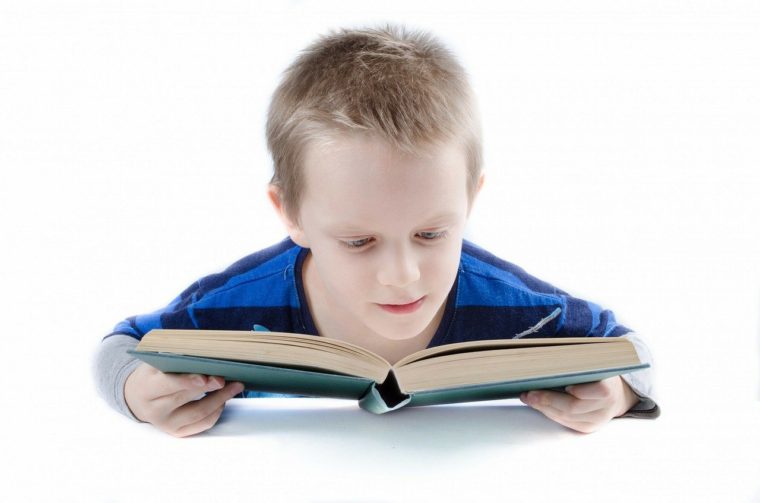Phonics is the most important skill that beginning readers learn.

Its rules teach children how to decode letters into their respective sounds. So, children learn to recognize how sounds are represented alphabetically and identify some letter sounds, symbols, characters, and signs.
Reading experts tell us that building strong phonics skills in the early years of school is the key to your child becoming a strong, independent reader. They go on to say that mastering it is essential if your child is to become a successful reader and speller/writer, not only in the early years of schooling but also beyond them.
The ability to decode words is strongly reliant on children having strong phonological awareness skills, which are a gateway into letter-sound knowledge.
English is an alphabetic language as it has 26 letters and 44 speech sounds. Combinations of these letters are used to represent all the different speech sounds (phonemes).
These sound-letter patterns can be either single letters (graph – for example s in sun), two letters (digraph – for example, sh in shop), three (trigraph – for example, dge in ridge), or four letters (quadgraph – for example, ough in though) to spell these sounds.
What if your dyslexic child cannot make sense out of phonics instruction?
My daughter couldn’t.
I bought the well-known Hooked on Phonics program and did my best to go through it with her. That was a waste of time and money. No progress.
There are a number of reasons why dyslexic learners can find phonics confusing. One is that they are “big picture” thinkers. They see concepts, not words. they see the forest, not the trees.
Reading is about breaking the code…seeing the trees, not the forest.
Big Picture Thinking
This is the ability to grasp concepts, ideas and possibilities. Dyslexics see things as the whole. This ability makes them excellent problem solvers, idea generators, and exceptional entrepreneurs.
But poor readers.
Big picture thinkers are very logical and have a scientific approach to learning. They need to know, not just what is happening, but why it is happening. Then, they want the opportunity to check out the validity of what you tell them.
Making Sense of Phonics
In kindergarten, children are taught that every letter has its own sound. Their interpretation is that one letter makes one sound, therefore, two letters make two sounds. They get it that s makes the snake sound in sun and that h in hat is made by exhaling air like in a sigh.
Later on, you tell them that sh in shoe makes one sound, and that sound is totally different from the s sound and the h sound.
That, to them, is irrational and quite distressing.
Colors and Phonics
Most dyslexics are creative. They love art and know about colors.
They can see what happens when you mix yellow and blue. The paint becomes a new color – green.
This demonstrates the concept of mixing two things together to create something entirely different.
Extend this concept to include letters and help your dyslexic child make sense of seemingly ridiculous rules in phonics.
Which phonics rules can you teach using color concepts?

I am so impressed with how you make this subject easier to understand. How wise you are. I also love the layout and presentation of your website.
Thank you, Debra. I appreciate your encouragement and support.
I have never interacted with a dyslexic child and, thanks to you, I know a tad bit more about it. I believe that our son used the Hooked on Phonics program when he was very young; however, I don’t recall any specifics about it.
The data say that 1 in 5 children is dyslexic. Do you know what that means? Although you or he may not have known it at the time, you have interacted with a dyslexic child, at some time in your life.
Hooked on Phonics is an excellent program for children who learn typically.
It must be so challenging for someone with dyslexia to learn to read. But so many do and they excel and enjoy reading. My 27 year old granddaughter is one of them. Your blogs are so informative.
Thanks, Martha. Dyslexics are very persevering. That’s why they succeed, in spite of the odds against them. Kudos to your granddaughter!